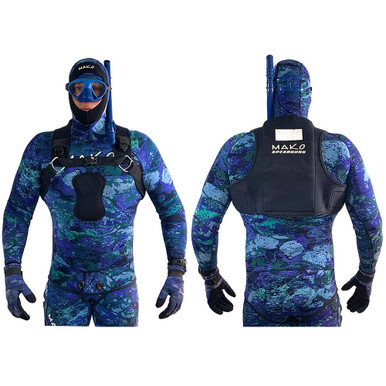JVanste
Registered
My adaptive scuba mask design is like a respirator that covers only the nose and mouth. It will have a removable mouthpiece to where the user can choose between breathing just through their mouths or they can take the mouthpiece out so they can breathe with both their nose and mouth. Also, my adaptive scuba mask design can be used for snorkeling too.




